Cologne (Köln), with its imposing Gothic cathedral and its Rhineland soul, holds a well-known secret among its alleys, worn façades, and unexpected corners. Among its many nooks exists an urban art scene that vibrates, shouts, and dialogues with all those who decide to look closely. In this city on the banks of the Rhine, street art is not merely visual decoration. It is a declaration, a living archive of thoughts, social tensions, history, and resistance.
Street Art and Its Arrival in Germany
Urban art, also known as street art, has its roots in the New York graffiti scene of the 1970s. In that remarkable decade, young artists began intervening in public spaces with tags, murals, and political messages.
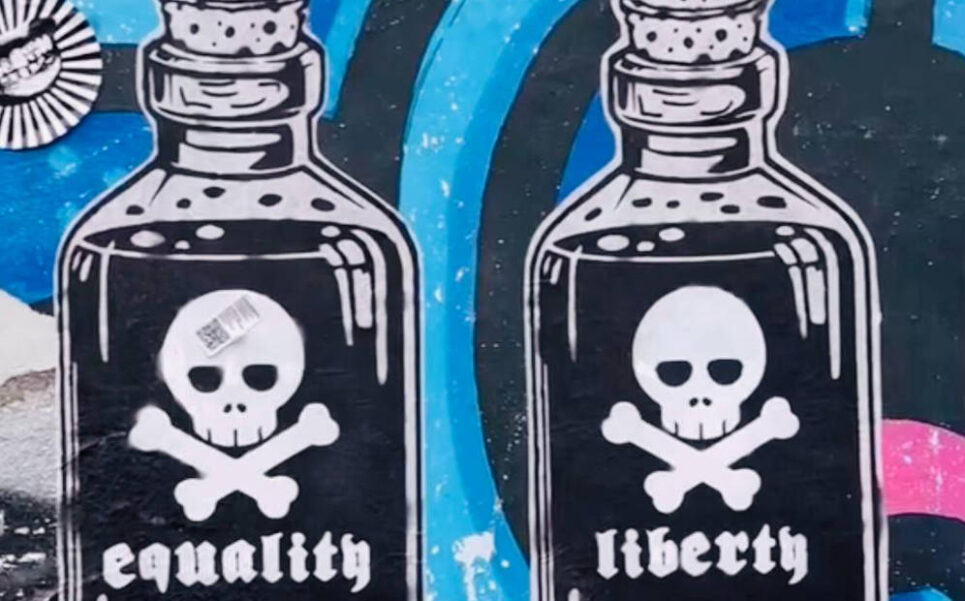
During the 1980s, this artistic movement crossed the Atlantic, driven by cultural movements such as hip-hop and punk. These cultural movements promoted creative freedom and social critique.
Germany, particularly West Berlin, became a key point for the consolidation of street art in Europe.
The Berlin Wall, symbol of the Cold War and division, was transformed into a vast open canvas for artists seeking to express their desires for freedom and unity.
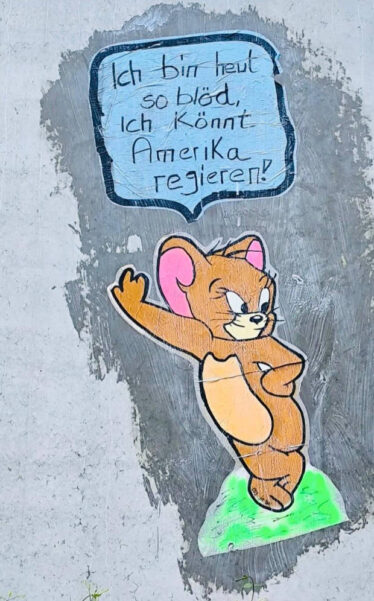
However, the arrival of street art in other German cities was not limited to Berlin.
It later came to Cologne. Being a city imbued with a dynamic student atmosphere and openness to new cultural forms, it began developing its own scene starting in the 1990s.
Its geographic location, close to countries like Belgium and the Netherlands, facilitated the exchange of influences and styles, enriching its artistic panorama.
In Cologne, street art did not merely replicate classic graffiti techniques but diversified by incorporating stencils, stickers, installations, and monumental murals.
More than simple urban beautification, this creative expression became a means to dialogue about social, political, and cultural issues, deeply integrating into the city’s identity.
From Walls to Collective Memory
Although street art in Cologne may seem like a recent phenomenon, its roots are deeply intertwined with the city’s history and cultural evolution.
Over time, walls ceased to be mere surfaces and became a visual language reflecting protests, identities, and collective feelings.
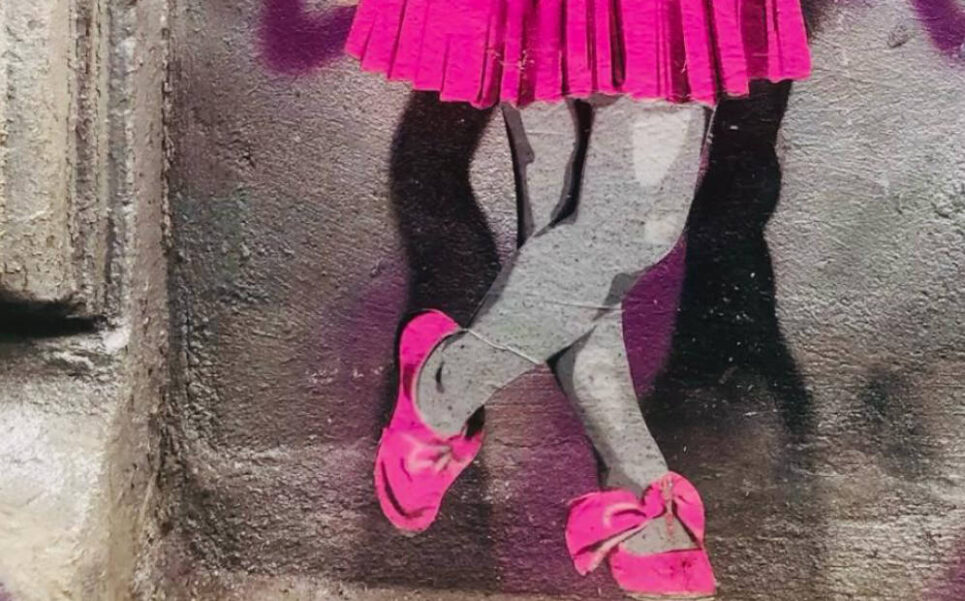
After the fall of the Berlin Wall in 1989, cities like Cologne opened up new possibilities for urban art to flourish.
Every corner of the city—a lamppost, a street corner, a façade—transformed into a medium for telling stories through colors, shapes, and words.
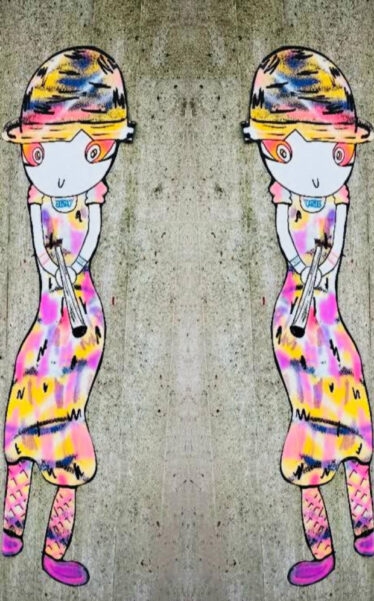
From stencils to stickers and large-format murals, street works capture truths, dreams, and struggles, often overlooked or hidden.
The rise of social media has amplified this urban voice, allowing the ephemeral nature of street paintings to transcend the local and reach global audiences.
However, nothing— I repeat, absolutely nothing—replaces the experience of walking the streets and encountering these artistic expressions, which become living testimonies of their time.
Thus, urban art in Cologne is much more than decoration: it is a tangible reflection of social crises, migratory movements, and political tensions.
Through its walls, the city narrates its collective story, questions established structures, and opens space for new ways of understanding and inhabiting the urban environment.
Neighborhoods Where Art Beats
To take a closer look and gain deeper insight into urban art in the city, one must travel through its streets and delve into its neighborhoods.
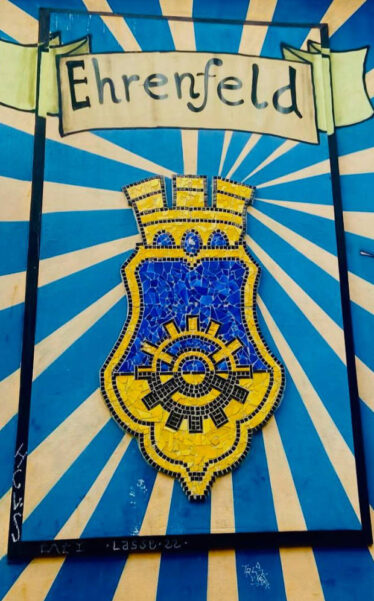
It isn’t confined to one specific area; it spreads like a nervous system through various districts, each with its personality, rhythm, and history.
Let’s begin with Ehrenfeld—undoubtedly the epicenter of street art in the city.
First things first: Ehrenfeld prides itself on being a vibrant district in this bustling city.
Currently, the Ehrenfeld district comprises six neighborhoods, covering a total area of 23.99 square kilometers and a population of 108,256 inhabitants.
The six neighborhoods are: Bickendorf (its origins date back to the 13th century), Bocklemünd-Mengenich** (located on the district’s edge), and Ehrenfeld itself (which underwent structural changes during the 1970s when many businesses closed).
Also included are: Neuehrenfeld (its heart is Lenauplatz, named after Austrian poet Nikolaus Lenau), Ossendorf (home to the country’s most modern film and media production studios), and Vogelsang (founded in 1931 for unemployed people and low-income families with many children).
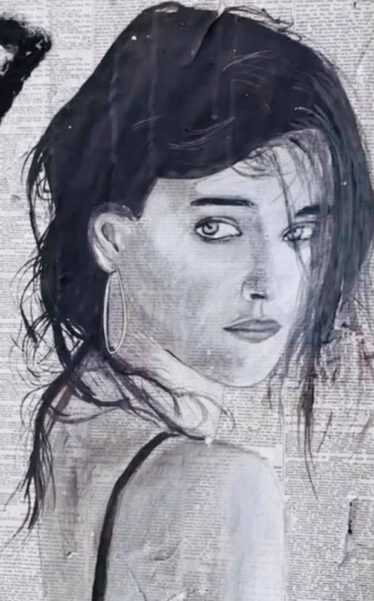
It is an interesting destination, steeped in deep cultural history.
This neighborhood developed from the wide fields in front of the Gate of Honor, one of Cologne’s twelve late Romanesque gates. The area was sparsely developed until the 19th century.
Its walls are filled with color, critique, and creativity. Vogelsanger and Venloer streets, for instance, offer an open-air museum blending works from local and international artists.
Once an industrial neighborhood, it is now one of Cologne’s most alternative and multicultural spaces.
Ehrenfeld is especially popular with artists and students, boasting a broad independent cultural scene.
The district holds the highest concentration of large-scale murals in the entire city.
You’ll find standout works by internationally renowned urban artists such as ROA, Herakut, Faith47, INTI, M-City, and Interesni Kazki. Local talents like Captain Borderline, Huami, and Rakaposhii also leave their mark.
Fans of smaller street art formats (stickers, stencils, collages, tiles, etc.) should explore Heliosstraße, Lichtstraße, and Körnerstraße.
In Ehrenfeld, art doesn’t just live—it breathes.
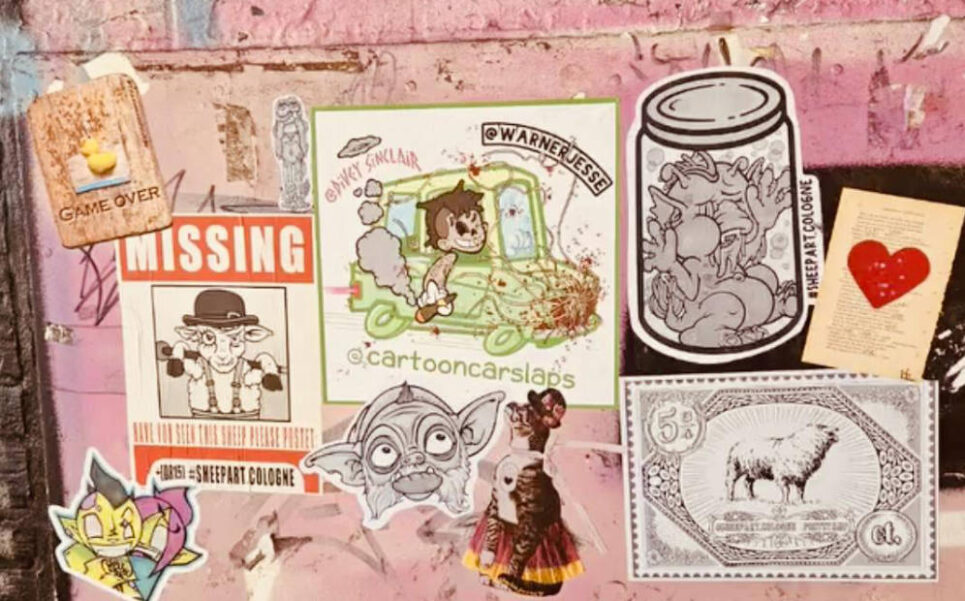
Next, we visit the **Belgisches Viertel** (Belgian Quarter), where the scene takes on a more experimental and conceptual tone.
The name stems from the streets named after Belgian provinces and cities. The neighborhood carries a charm reminiscent of Belgium’s fashion capitals: artists, musicians, designers, publishers, and agencies are all closely interconnected here.
This picturesque area is considered a young, modern, and creative “Veedel” (neighborhood) for everyone—setting aside the high rental prices of its stunning Art Nouveau buildings.
Urban art here presents an eclectic mix. Alongside large murals by Tika, Hendrik ECB Beikirch, and Sepe & Chazme, you’ll find mostly small-format pieces by local artists.
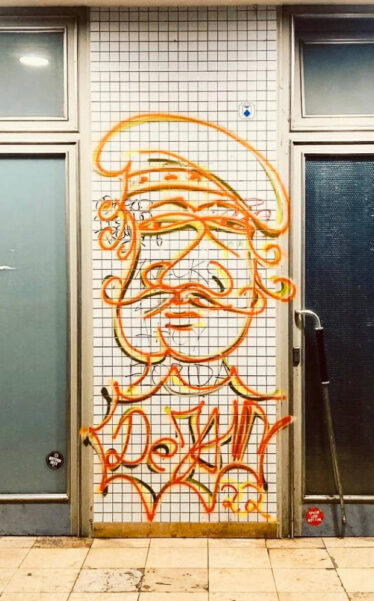
They adorn façades, house entrances, and even sidewalks. Key spots—like the exterior of a hair salon or a bar on Brüsseler Straße—offer unmissable fusions of different styles.
Small interventions, stickers, and collages invite you to discover hidden details amid cafés, design shops, and art nouveau architecture.
It’s a neighborhood that balances modernity with subversion—where street art interacts with a more refined urban aesthetic.
If graffiti is your thing, then head to **Nippes**, a lively neighborhood.
Let’s clarify something first: Nippes refers to two things.
First, it’s a northern district of Cologne comprising seven neighborhoods, the largest of which is also called Nippes. Incorporated into Cologne in 1888, the area played a major role in 19th-century manufacturing history—even if that’s no longer evident.
Second, it was chosen by the Rheinische Eisenbahngesellschaft for its repair workshops and by the Clouth-Werken for rubber production.
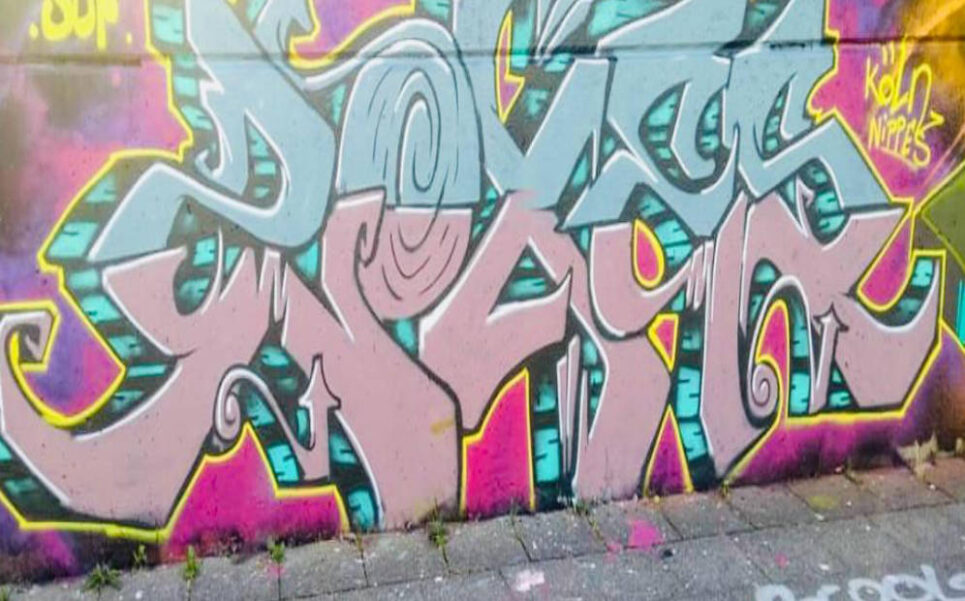
This neighborhood is where Cologne’s graffiti elite have immortalized themselves with standout pieces on the railway pillars.
Just north of Cologne’s Old Town, Nippes offers a quieter, almost village-like atmosphere.

You’ll quickly notice pastel-colored houses, ornate details, and stylish parents pushing the latest baby strollers.
Truthfully, these kinds of areas aren’t usually known for street art, but in Cologne, you’ll find some of the city’s best murals along its residential streets.
Arguably, the most impactful piece is in a parking lot near Neusser Straße behind Galeria Kaufhof. Created for the 2017 CityLeaks Festival, the image of two babies inside a machine delivers a strong political message—possibly sparking debate about designer babies or the “consumption” of babies as lifestyle accessories.
Less controversial but equally beautiful works can be found around the Nippes S-Bahn station on Escher Straße.
There, you’ll find an incredibly detailed 3D mural by Cologne-based artist Ali Yünlü.
Just a few steps away, a vibrant bird mural by Captain Borderline dazzles with its colorful feathers. For more murals, head to the street art “hall of fame” under metro line 13 on Neusser Straße Gürtel.
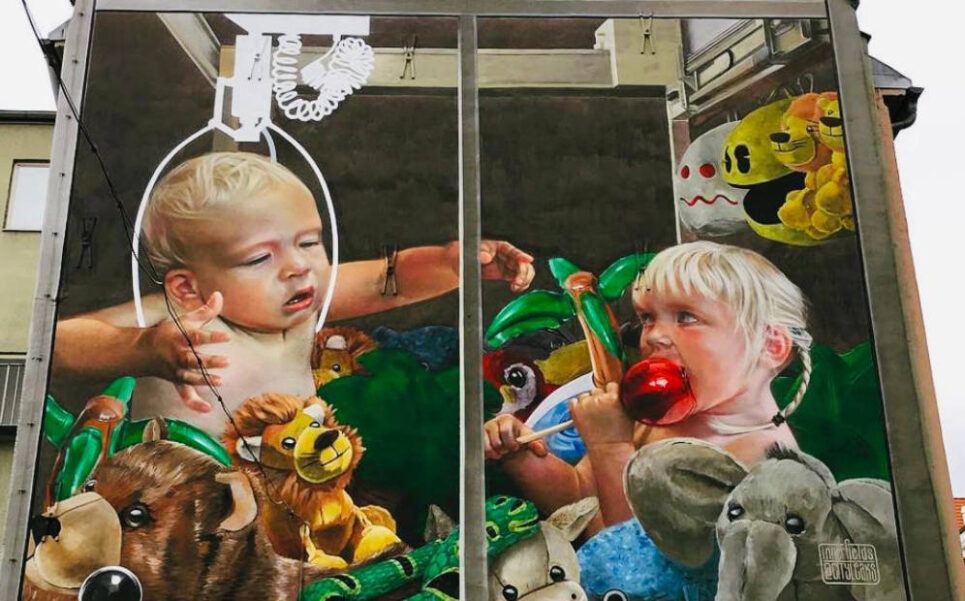
Kalk offers a raw and real perspective. With a strong migrant presence and working-class history, this neighborhood has undergone complex urban evolution. Here, art becomes a language of protest. Often ephemeral yet powerful, the works reflect contemporary issues like racism, displacement, and social inequality.
Across the Rhine lies Mülheim, a district in eastern Cologne currently undergoing transformation and bursting with a vibrant street art scene waiting to be explored.
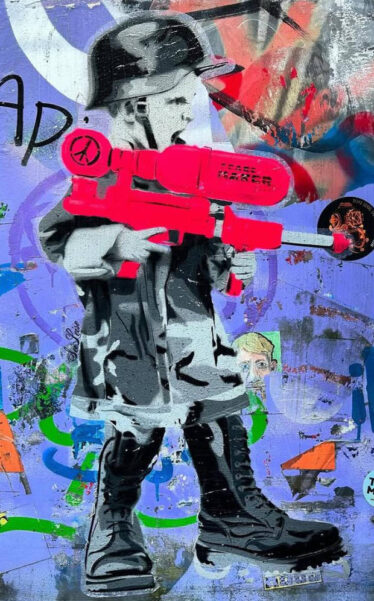
This neighborhood retains a raw, authentic character, with repurposed warehouses now functioning as cultural venues and vacant lots awaiting new purpose.
It has become a canvas for stunning murals by international stars like Hense, Axel Void, Franco Fasoli, and Ammar Abo Bakr.
At the heart of this creative energy is MüTZe Park, where a community center shares space with a rotating gallery of murals covering nearly every wall and fence.
Mostly graffiti-style, these pieces capture the essence and concerns of the local community—offering a direct window into the pulse of Mülheim.
Don’t miss the paste-up gallery beneath the Mülheimer Bridge, recently restored and bringing new life to this urban corner.
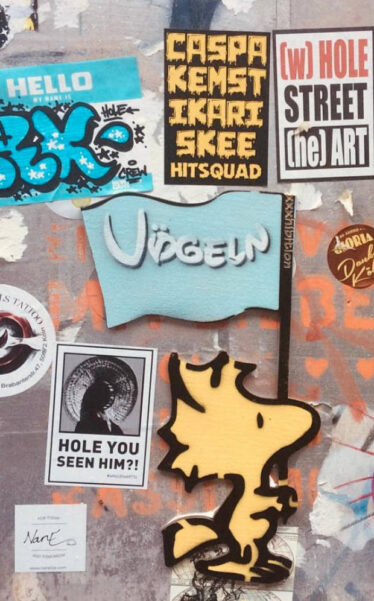
A fascinating symbol of the area’s reinvention is the **Kalk Alp**: a 30-meter-high artificial hill that used to be a landfill.
Its 150-meter-long north wall has transformed from a dull gray into a sci-fi-inspired street art masterpiece.
Through an open call, 40 professional graffiti artists contributed their visions to this spectacular project, which also included youth workshops, actively supported by local authorities.
Mülheim isn’t just an example of urban transformation—it’s living proof of how art can shape identity and community in a constantly evolving city.
To experience truly charming street art, visit **Südstadt**. Here, you feel the rhythm of local life: parents walking with their children, seniors enjoying ice cream, and young couples strolling their dogs.
Two of the most impressive large-scale murals can be found along the Rhine. One is a pixelated rainbow by Brazilian artist Gais, covering an entire building—perfectly framed from the street across. Just two blocks away, a new mural by MILO shows a couple embracing, also spanning a building façade, conveying a message of connection and tenderness.
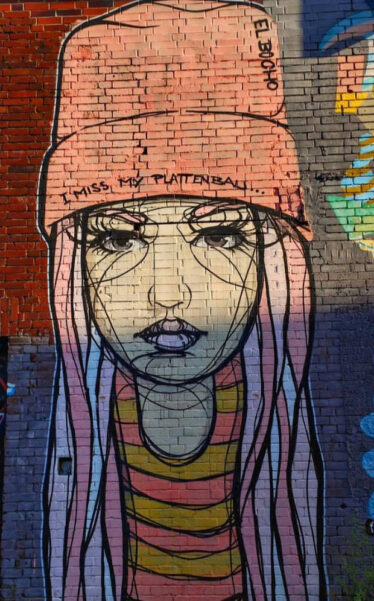
Close to Südstadt is the **Latin Quarter**, also known as the student district due to its proximity to the University of Cologne.
Here you’ll find standout murals like Low Bros’ fox or Debug Visuals’ complete works on the Stiefel building.
This neighborhood also invites you to discover smaller pieces by artists such as SeakOne and Marcus Krips.
The Latin Quarter’s art scene is dynamic and ever-changing, meaning there’s always something new to discover on your urban art tour of Cologne.
Each of these neighborhoods adds a different layer to the vast mural that is Cologne. With diverse styles, urgent messages, and varied techniques, they form a living network of art that transforms everyday life into public conversation.
Artists Who Transform the Landscape
Several names have been key in the development of this scene. One of the most recognized is Sei Leise, whose works featuring melancholic human figures and social messages move viewers and spark reflection. His interventions are subtle yet powerful, often addressing themes such as loneliness, war, or disconnection in the digital age.
Another essential name is Captain Borderline, a collective with a strong political charge.
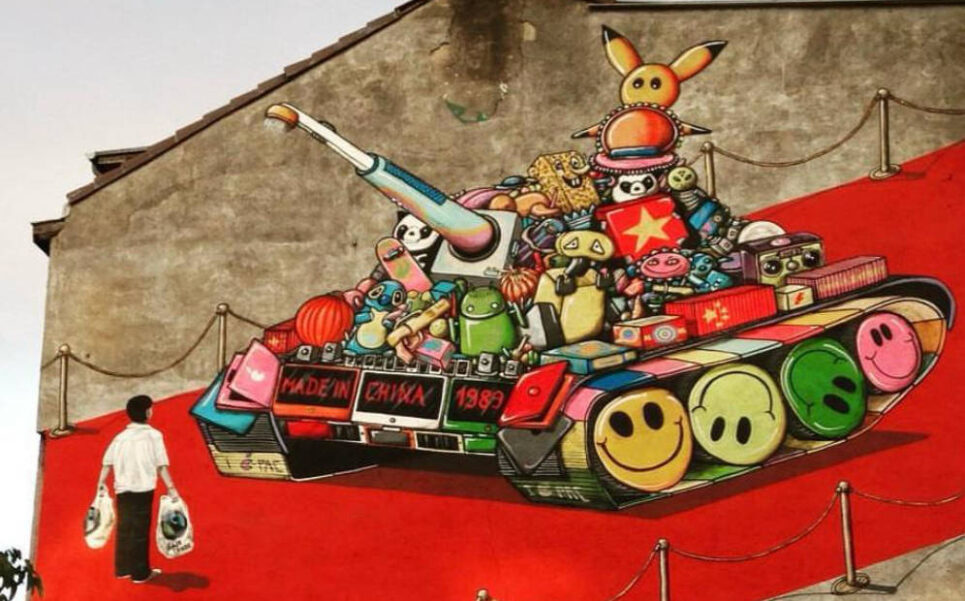
Their large-scale murals tackle topics ranging from capitalism to digital surveillance. They use an aesthetic close to pop art to deliver a powerful message—often uncomfortable, but necessary.
*Decycle* also stands out, with works centered on sustainability, consumption, and the environment. With stencils that invite us to rethink our relationship with nature, he is one of the artists who best encapsulates the activist spirit of contemporary urban art.
We must also highlight the collective work of migrant artists, who have found in muralism a space to tell their stories of displacement, belonging, and memory. Their contribution has been fundamental to understanding Cologne’s cultural plurality and its impact on the city’s visual art.
Between Legality and Resistance
One unique aspect of Cologne is its — albeit partial — openness to urban expression. There are areas like *Ehrenfeld*, especially *Vogelsanger Street*, where walls legally breathe art. This neighborhood, with its strong alternative character, has become the epicenter of the city’s street art.
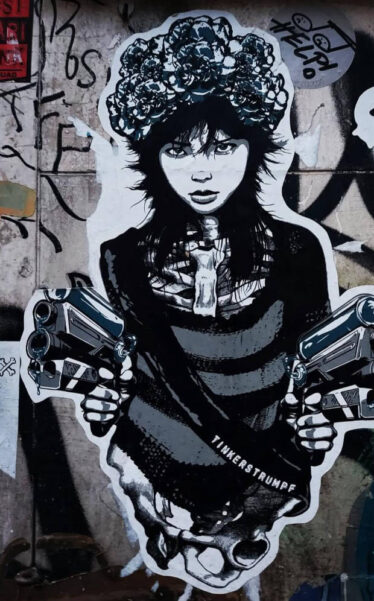
Still, many artists continue to opt for the underground. Anonymity is a form of resistance—a way to escape bureaucracy and remain faithful to the subversive spirit of urban art. This tension between what is permitted and what is transgressive gives each piece a sense of urgency, as if it were shouting: this must be seen now, before it’s erased.
Beyond aesthetics, urban art in Cologne has become an educational and social tool. Community projects use muralism to work with at-risk youth, beautify abandoned spaces, or create collective memory in neighborhoods marked by inequality.
Walking through the city with attentive eyes, one comes across faces of murdered women, anti-xenophobia phrases, tributes to victims of Nazism, or symbols of queer resistance. These works not only beautify—they challenge us. They remind us that art can be an active part of social movements, not a luxury separated from everyday life.
Street Art as a Transformative Force
In Cologne, urban art doesn’t just decorate the streets—it carries a powerful activist dimension. Numerous local collectives have used the city’s walls as a platform to protest gentrification, racism, gender-based violence, the climate crisis, and migration policies.
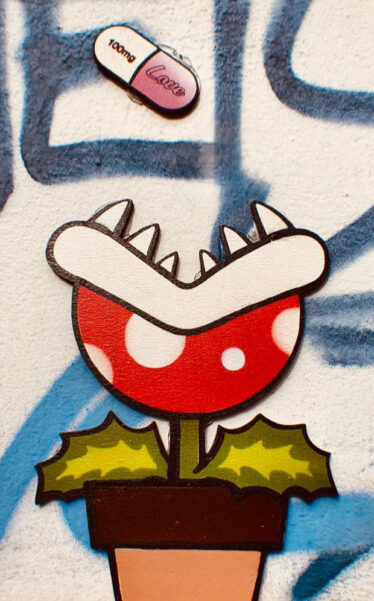
For example, the *Captain Borderline* collective has created pieces with strong political and social content, addressing issues such as state surveillance, digital capitalism, and media manipulation.
These works invite reflection and challenge the status quo, offering an alternative form of civic participation.
Another notable example is the *“Walls of Vision”* project—an artistic initiative developed in collaboration with young artists and refugees.
Its goal is to transform abandoned walls into spaces for dialogue, promoting inclusion and cultural diversity through art.
Cologne has also hosted festivals like *CityLeaks Urban Art Festival*, one of Europe’s most important events in its category.
Since 2011, this festival has transformed the city into an ephemeral urban gallery featuring large-format murals, interactive installations, exhibitions, talks, and workshops open to the public.
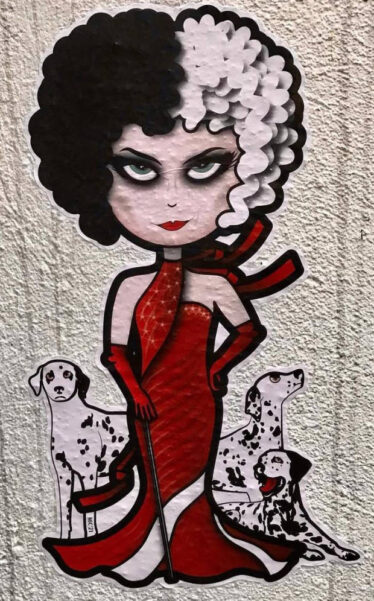
Thanks to events like this, urban art in Cologne has moved beyond aesthetics to become a tool for social change and urban revitalization.
The impact of these artistic expressions goes beyond the walls.
Street art routes, guided tours, interactive maps, and digital publications allow both residents and visitors to connect with the city’s creative pulse.
For this reason, the city has become a European reference for conscious and committed urban art.
We must understand that Cologne is not a city to be visited in a few hours. It’s not just about *“seeing”* the cathedral, taking photos of the Rhine, or strolling through the old town streets.
Cologne is a city to be lived, heard, and felt. A city that invites pause, conversation, and connection.
It is a place where past and present engage in quiet dialogue. A city made of stone, water, color, words, and glances.
A city for those in search of inspiration. For those who value diversity, freedom, and history. A city that, with every step, whispers: *welcome*.
A City That Paints Itself
Cologne doesn’t just tolerate street art—it lives it, breathes it, and incorporates it into its identity. In its streets, street art is not a fleeting decoration but a means of communication between those who live and those who pass through the city.
Each work leaves a mark on collective memory, challenging the passage of time and the formal structures of traditional art.
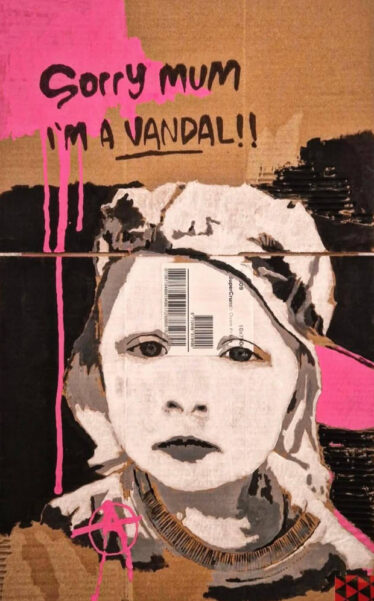
This city has shown that street art can be much more than an aesthetic expression: it is a political act, an educational tool, a cry of resistance, and a space for encounter.
In Cologne, the walls speak. They tell stories of migration, love, inequality, hope, feminism, climate crisis, and transformation. They are silent witnesses to the social, economic, and cultural changes of our era.
Moreover, the fact that both local and international artists find fertile ground here to experiment and intervene in urban space speaks to the openness and plurality that characterize this city.
The coexistence of legal and illegal art, institutionalized and spontaneous works, protest and poetry, makes Cologne a true open-air museum.
Now more than ever, in a world increasingly saturated by screens, street art invites us to stop, look, think, and feel. It reminds us that public space belongs to everyone and that art doesn’t need white walls or golden frames to be meaningful.
Cologne paints itself every day. With every new mural, stencil, or urban intervention, it rewrites, questions, and reinvents itself.


